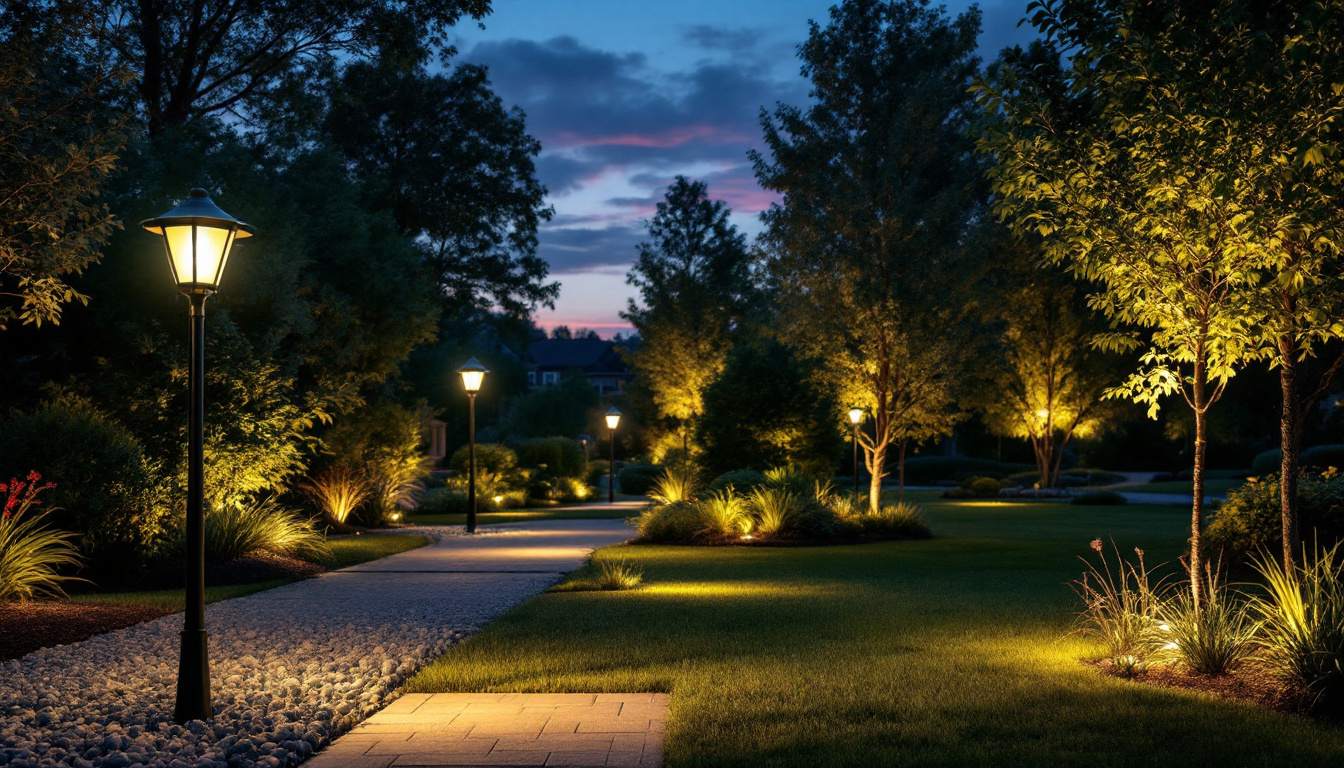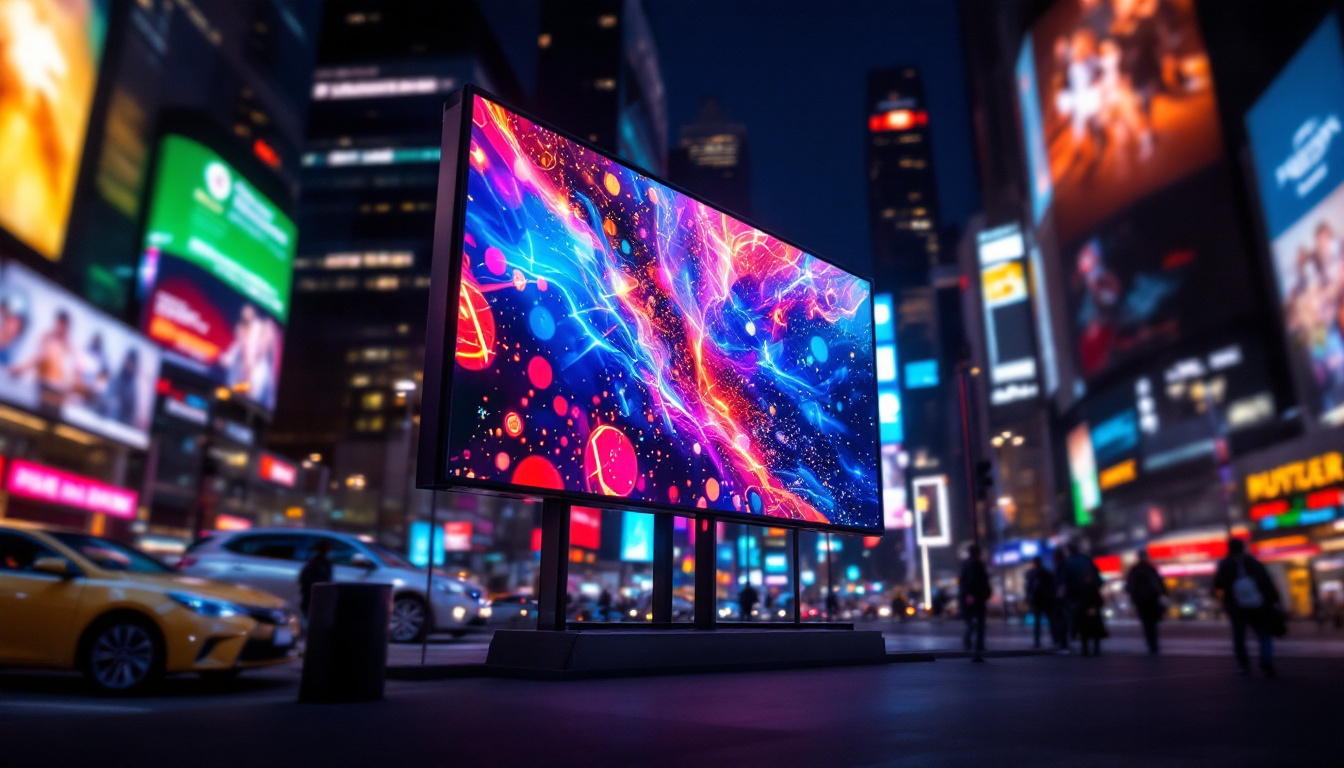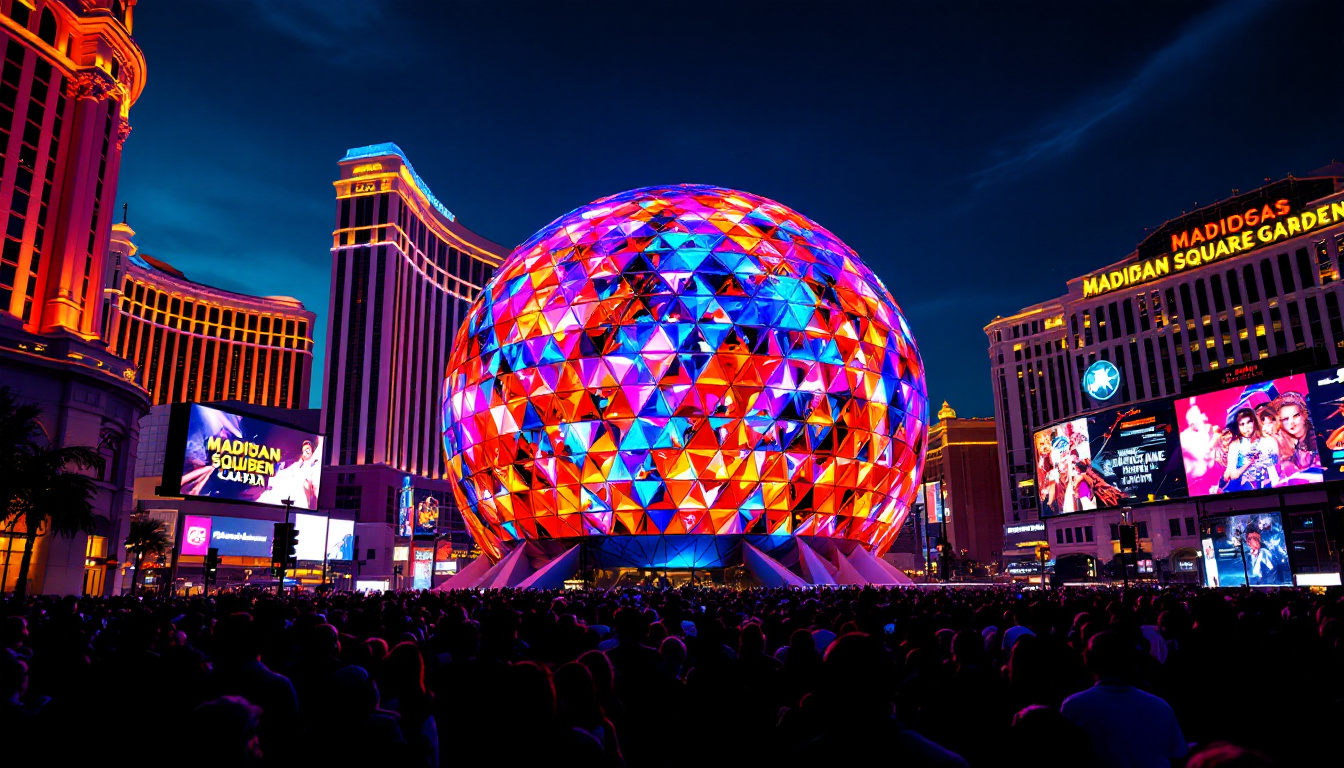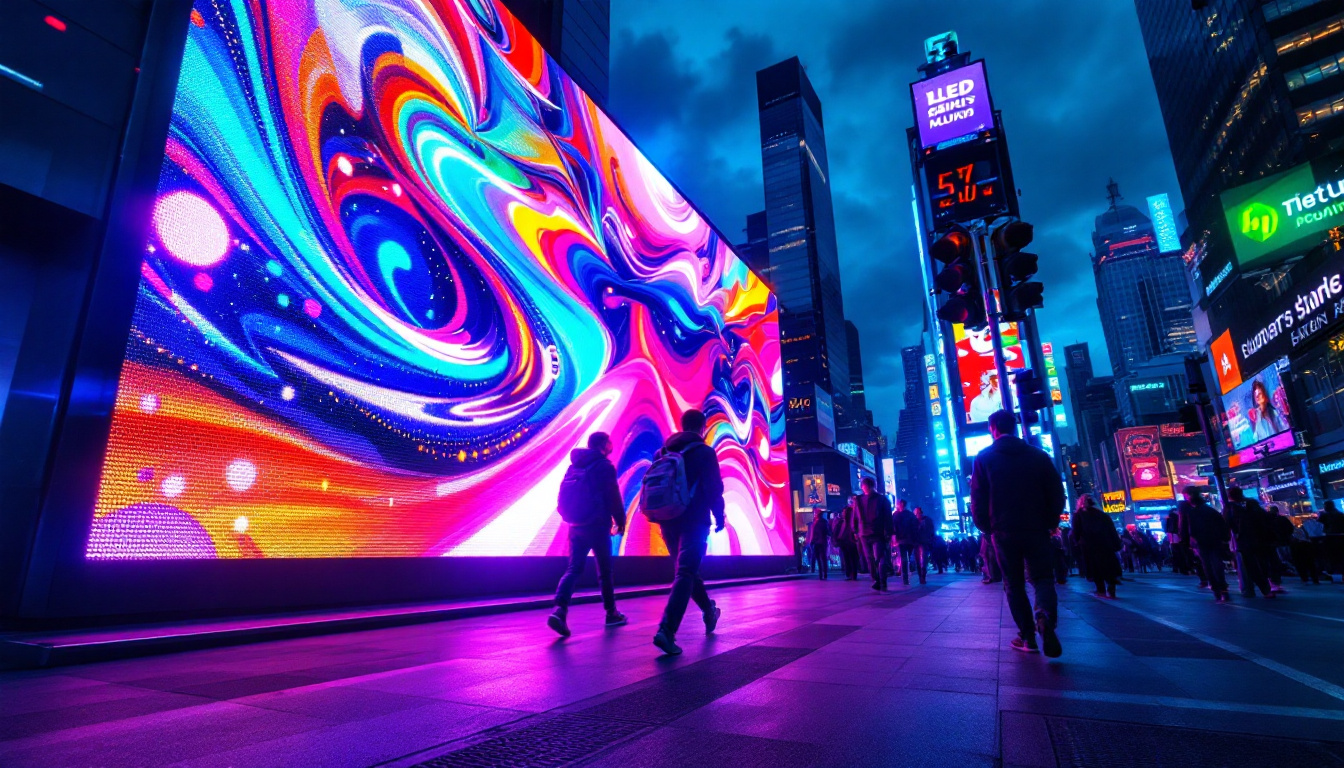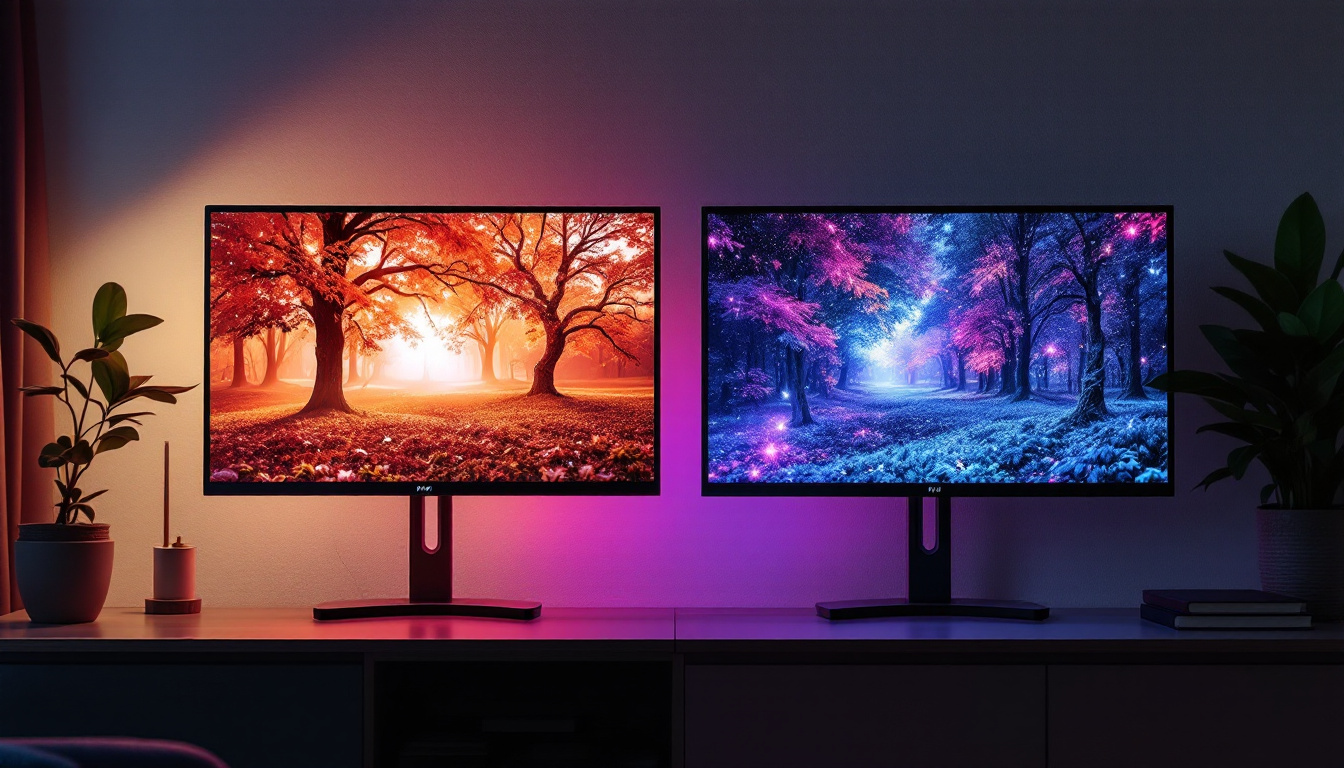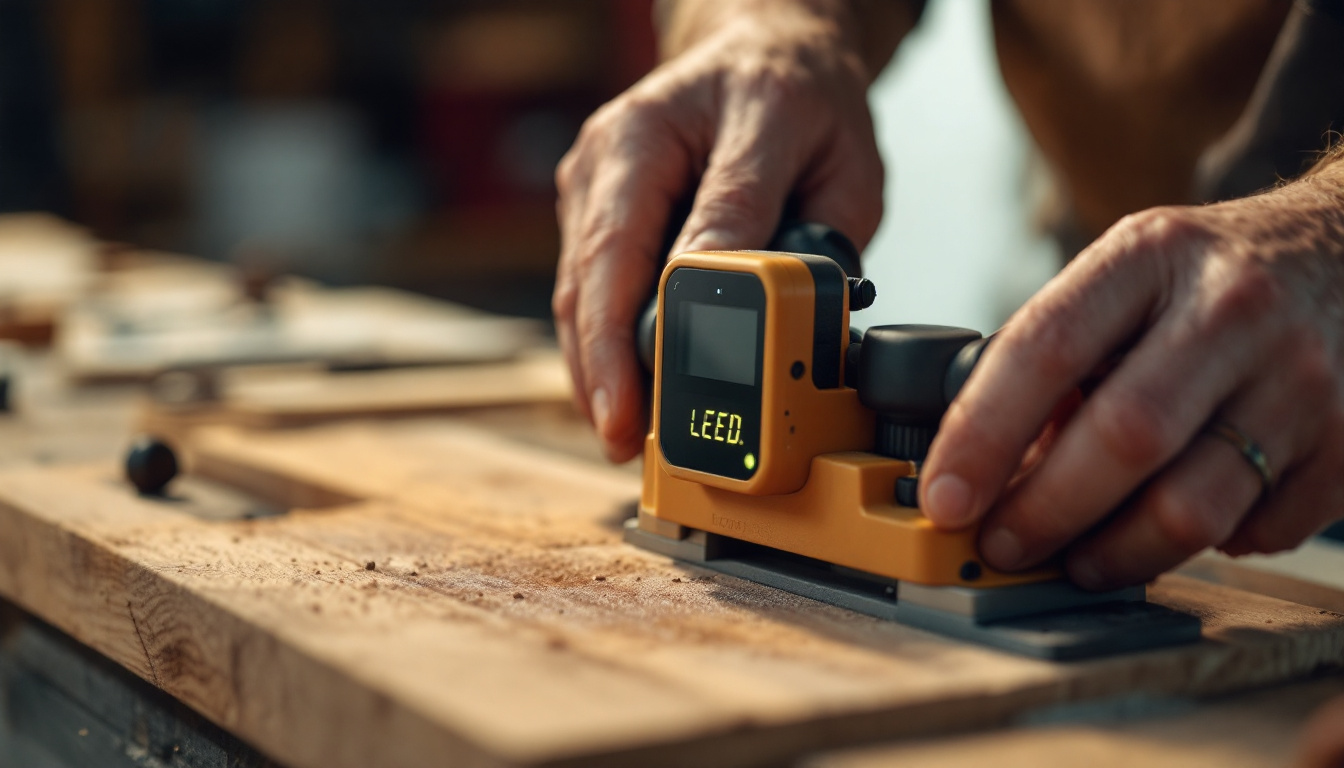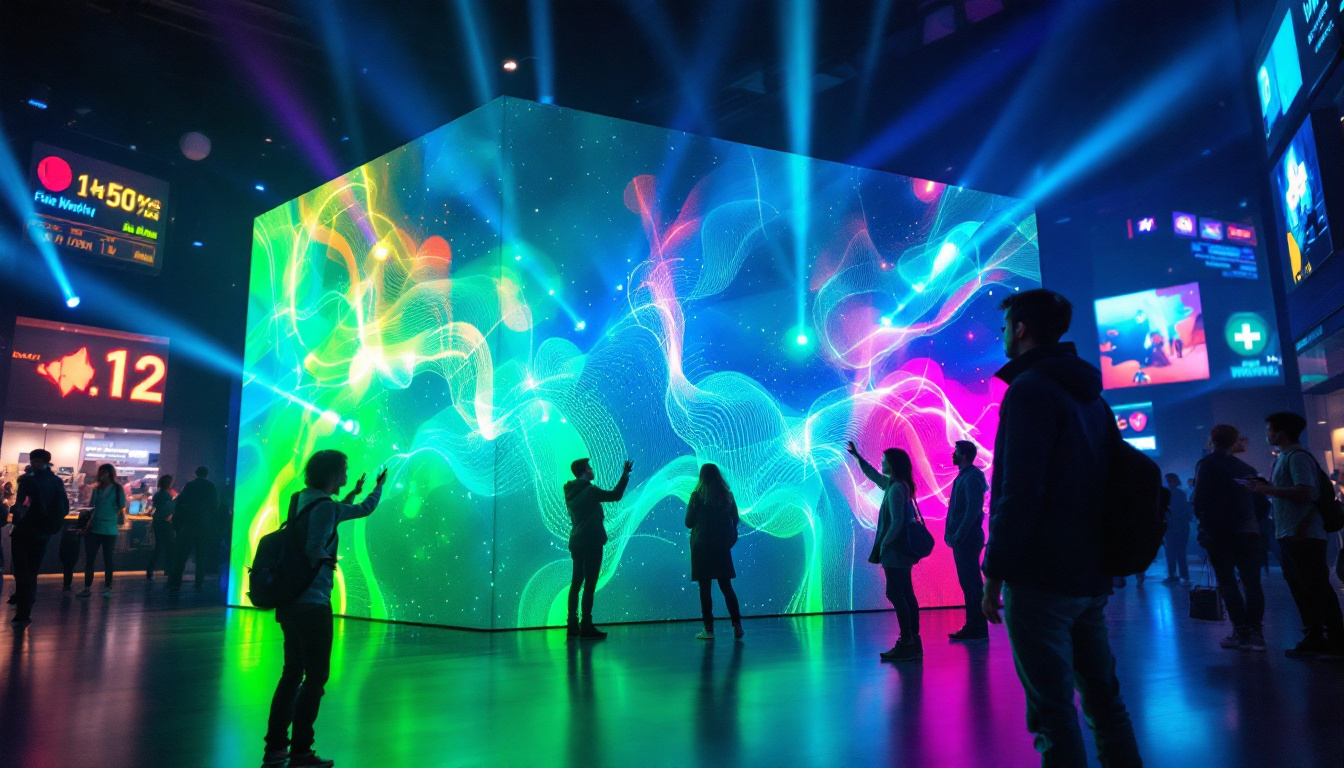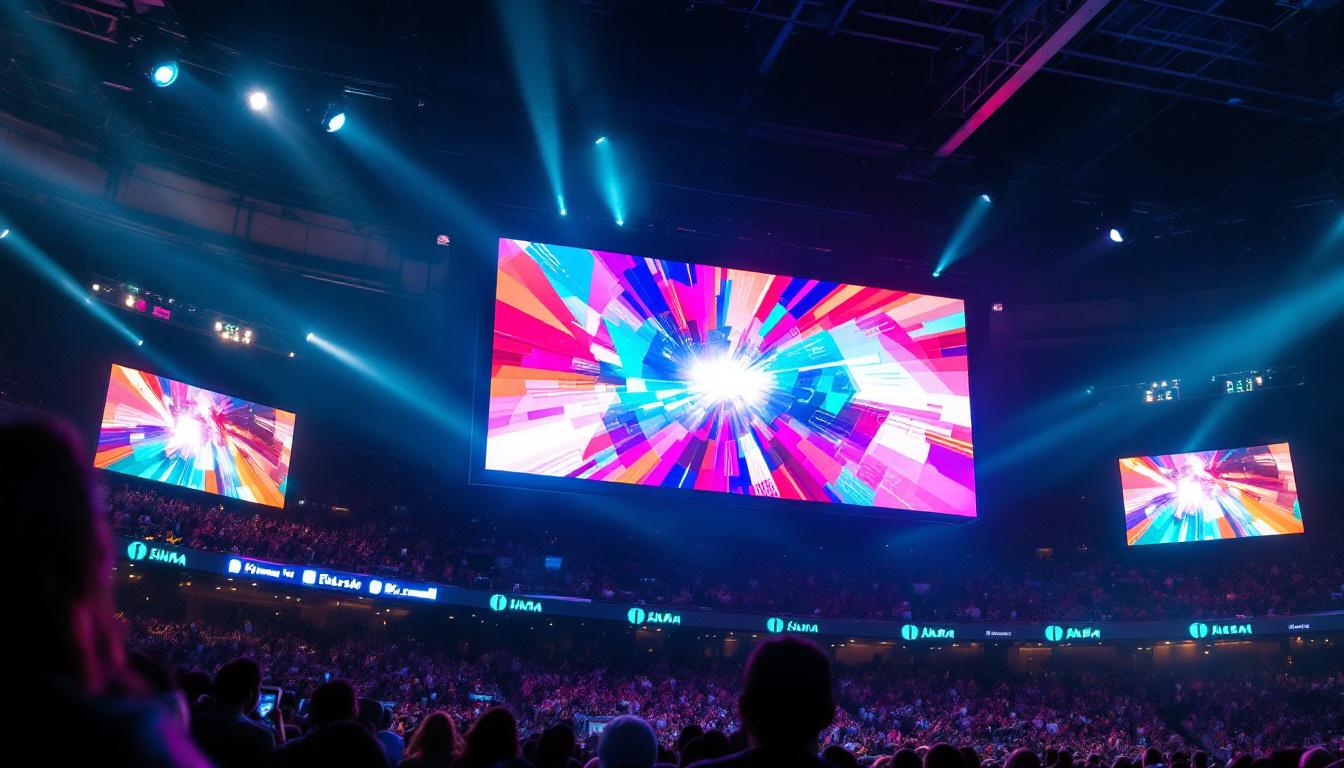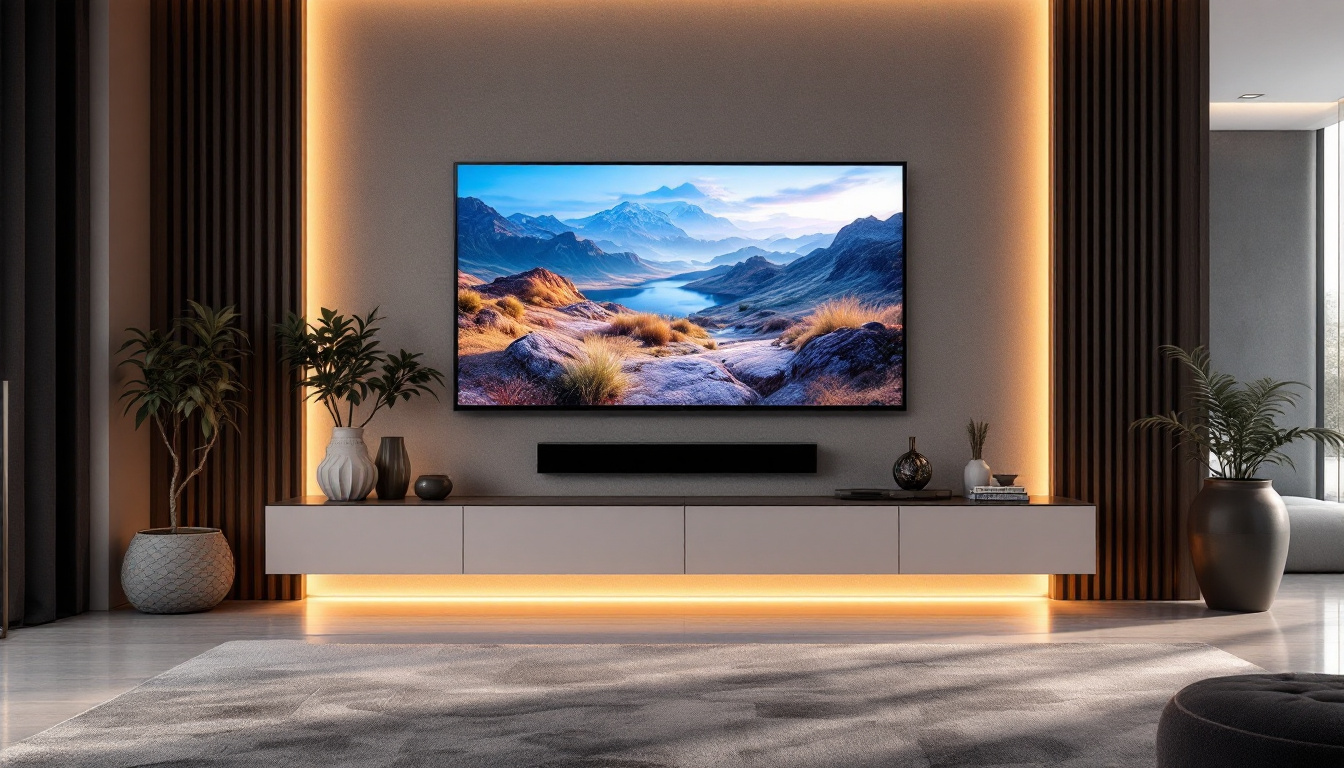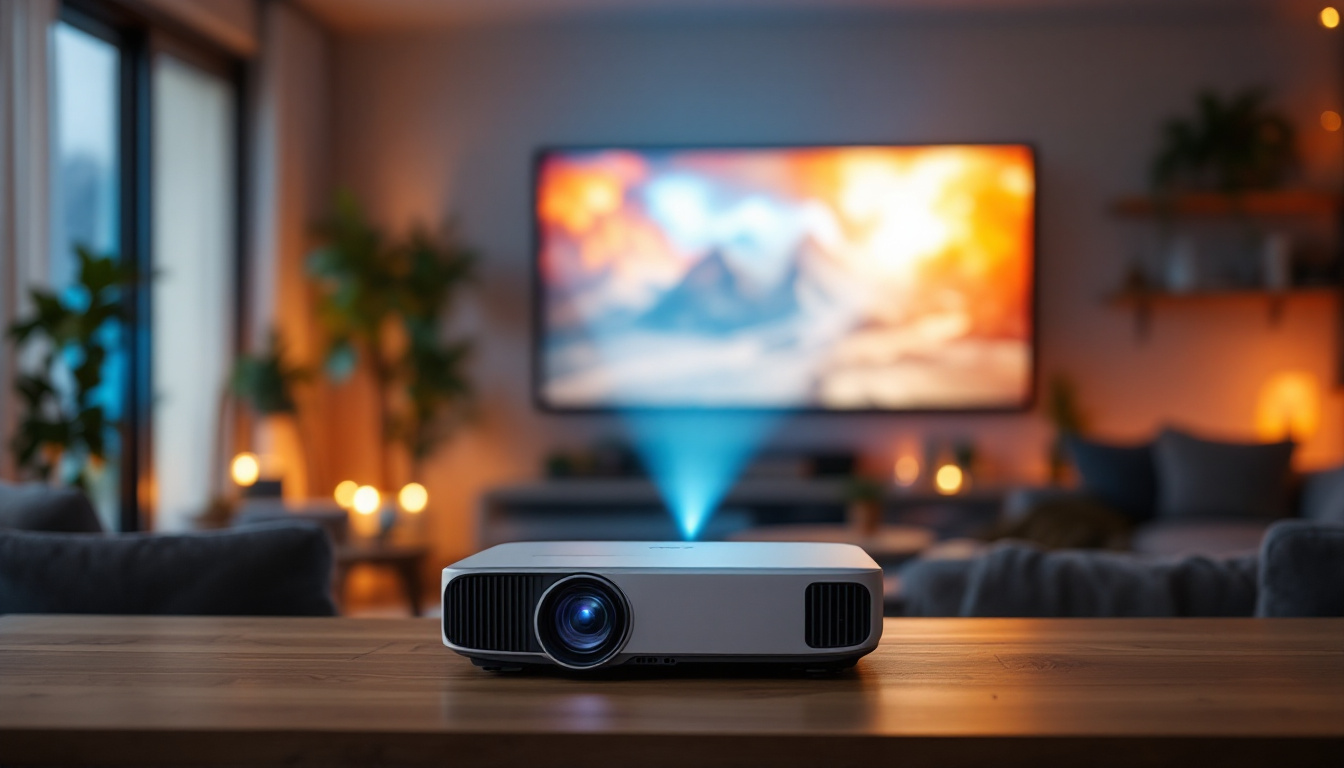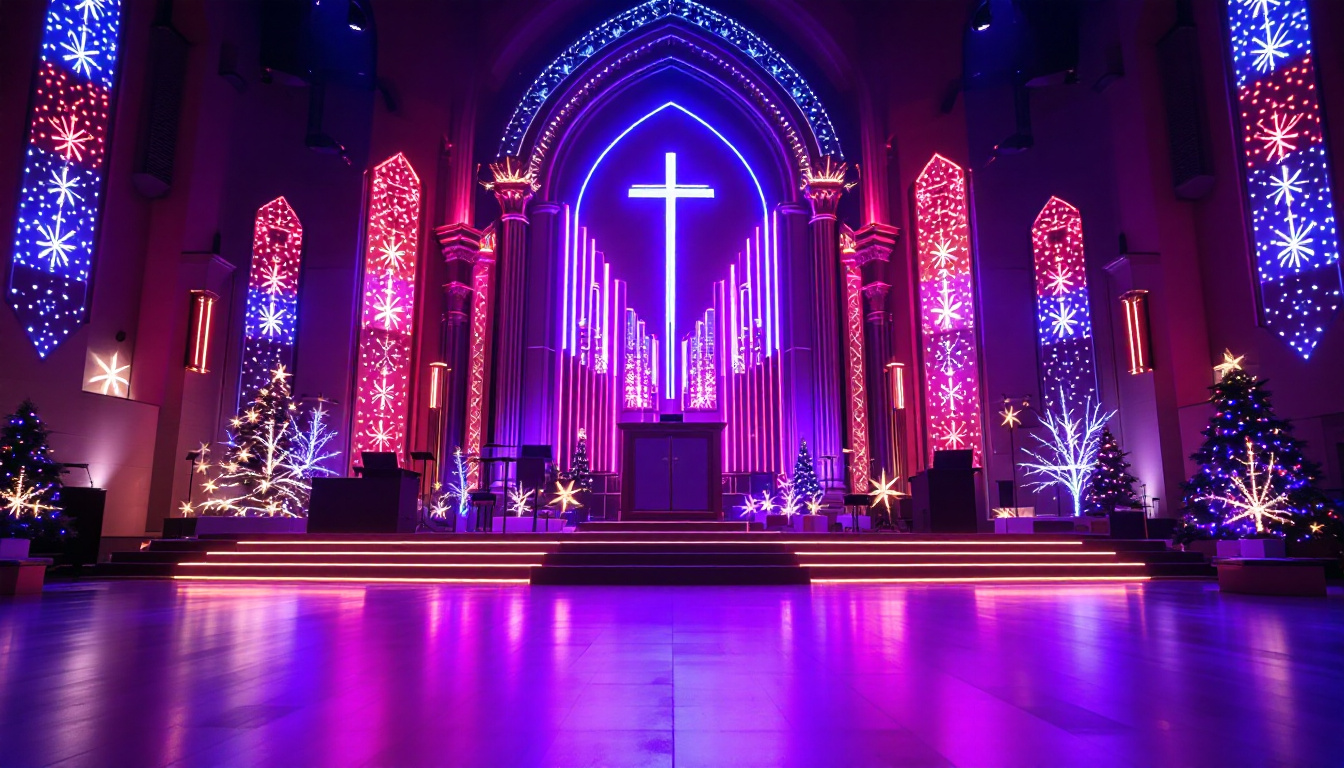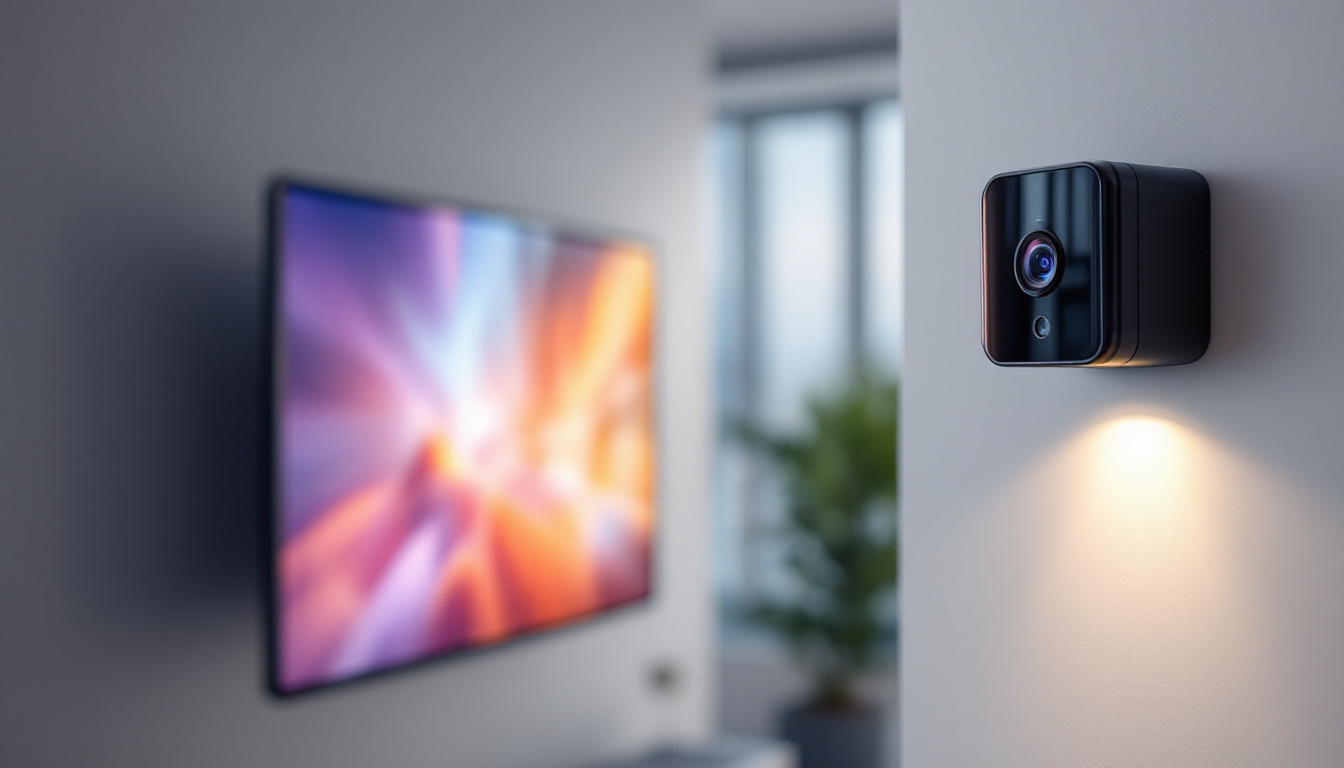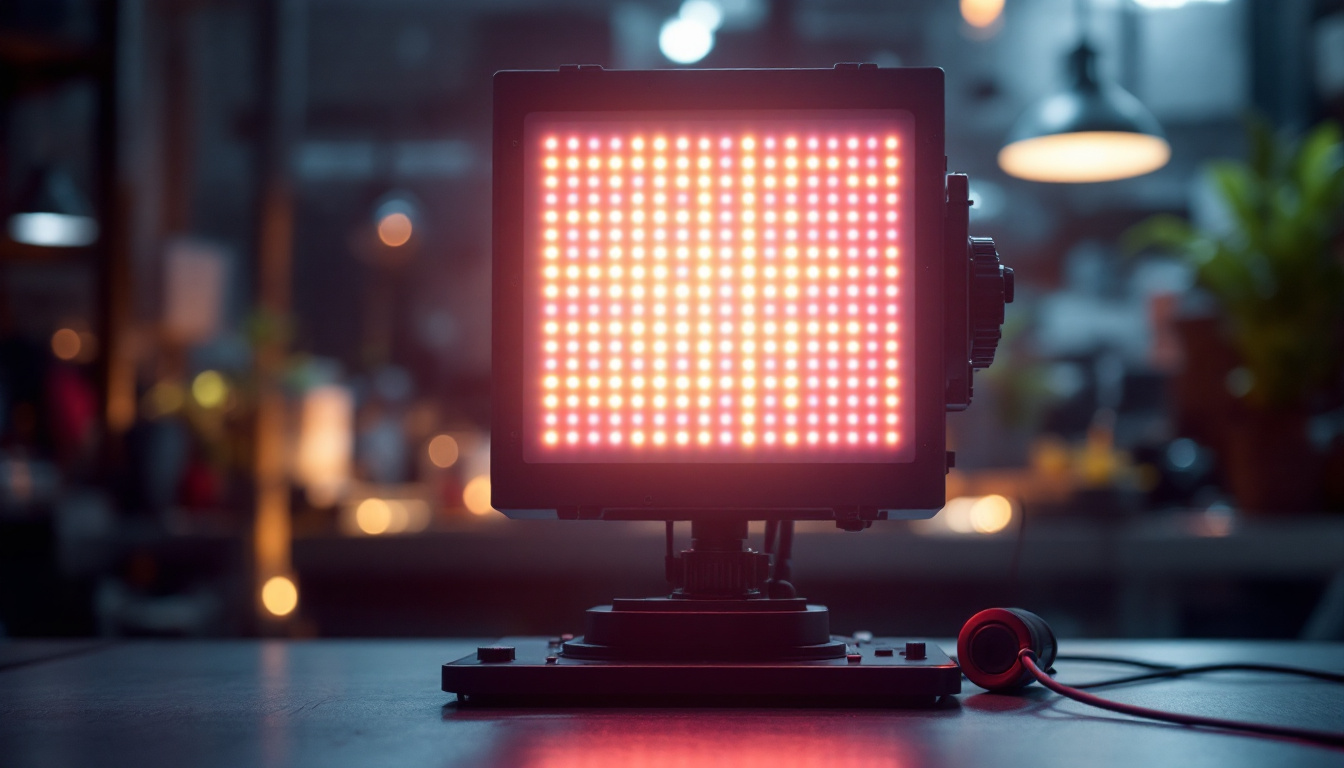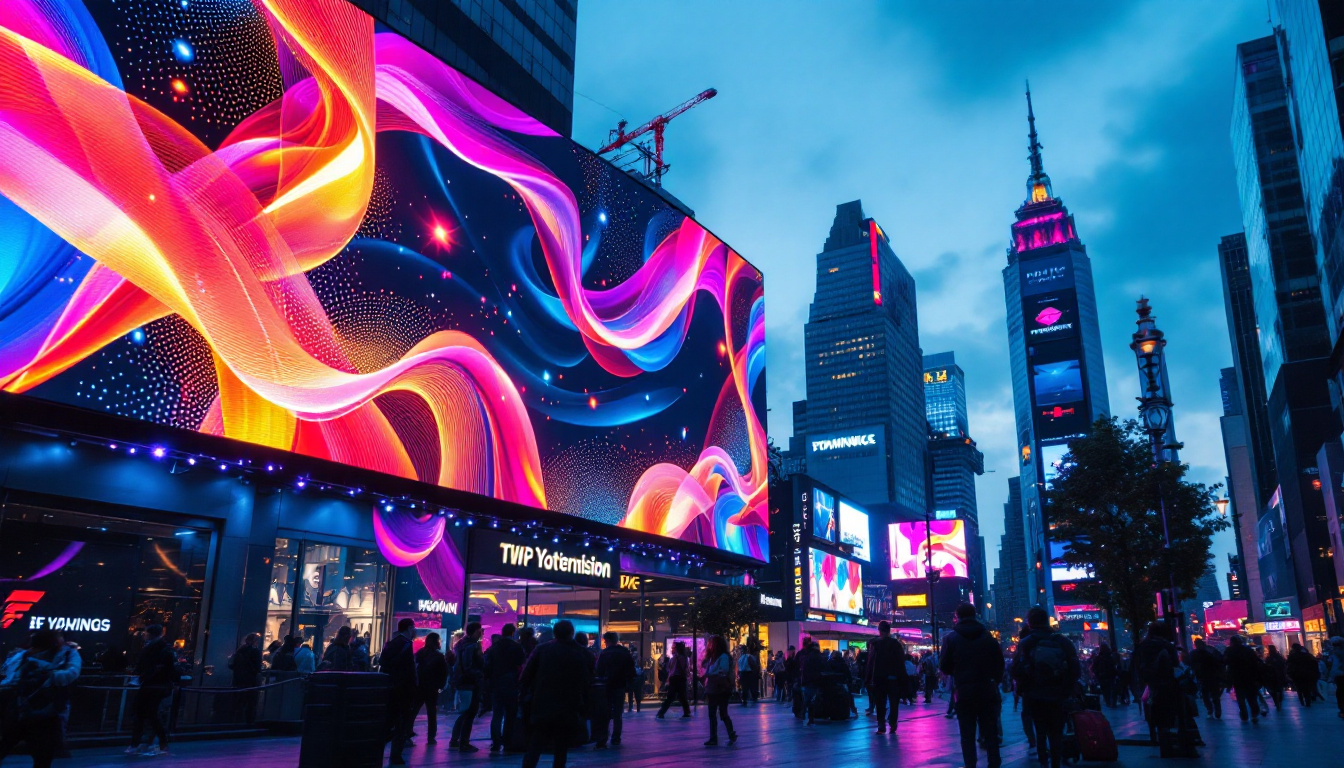When it comes to enhancing outdoor spaces, landscape lighting plays a crucial role. Among the various options available, 110V landscape lights have gained popularity due to their efficiency and versatility. This article delves into the intricacies of 110V landscape lights, particularly focusing on LED technology and its implications for outdoor illumination.
Understanding 110V Landscape Lights
Landscape lighting serves multiple purposes, from safety and security to aesthetics. The term “110V” refers to the voltage level of the electrical supply used in these lighting systems. This standard voltage is commonly found in residential settings, making it accessible for homeowners looking to illuminate their gardens, pathways, and patios. Properly installed landscape lighting not only enhances the beauty of outdoor spaces but also provides a sense of safety by illuminating dark areas, deterring potential intruders, and guiding guests along pathways.
Benefits of 110V Landscape Lights
One of the primary advantages of 110V landscape lights is their ease of installation. Unlike low-voltage systems that may require transformers and additional components, 110V lights can be connected directly to the existing electrical supply. This simplicity can save time and reduce installation costs. For DIY enthusiasts, this means that with a basic understanding of electrical systems, they can take on the project themselves, further cutting down on labor expenses.
Moreover, 110V landscape lights typically offer brighter illumination compared to their low-voltage counterparts. This is particularly beneficial for larger outdoor areas that require more light for effective visibility. Additionally, these lights are available in various designs and styles, allowing homeowners to choose fixtures that complement their landscape aesthetics. From sleek modern designs to more traditional lantern styles, the variety ensures that every homeowner can find the perfect match for their unique outdoor theme. The right lighting can transform a mundane garden into a magical evening retreat, enhancing the overall ambiance and usability of outdoor spaces.
Energy Efficiency and Longevity
In recent years, LED technology has revolutionized the landscape lighting industry. LED bulbs are known for their energy efficiency, consuming significantly less power than traditional incandescent or halogen bulbs. This efficiency translates to lower electricity bills and a reduced environmental impact. Additionally, many LED fixtures are now designed to be compatible with smart home systems, allowing homeowners to control their landscape lighting remotely, set schedules, and even adjust brightness levels to suit different occasions.
Furthermore, LED bulbs boast an impressive lifespan, often lasting up to 25,000 hours or more. This longevity means less frequent replacements, contributing to lower maintenance costs over time. Homeowners can enjoy beautifully illuminated outdoor spaces without the hassle of constant upkeep. The durability of LED technology also means that these lights are less prone to breakage and can withstand various weather conditions, making them an excellent investment for long-term use. As a result, homeowners can create stunning outdoor environments that not only look great but also stand the test of time, providing enjoyment for years to come.
LED Technology in Landscape Lighting
LED (Light Emitting Diode) technology has become the go-to choice for landscape lighting, and for good reason. Its unique properties make it particularly suited for outdoor applications, where durability and efficiency are paramount.
How LED Works
LEDs function by passing an electric current through a semiconductor material, which then emits light. Unlike traditional bulbs that rely on filaments or gas, LEDs produce light more efficiently, generating minimal heat. This characteristic not only enhances energy savings but also reduces the risk of overheating, making them safer for outdoor use.
Additionally, LEDs are available in a wide range of color temperatures, from warm white to cool daylight. This versatility allows homeowners to create different atmospheres in their outdoor spaces, whether it’s a cozy gathering area or a bright pathway. The ability to choose specific colors can also enhance the aesthetic appeal of gardens and patios, allowing for creative lighting designs that highlight architectural features or natural landscapes.
Durability and Weather Resistance
Outdoor lighting fixtures must withstand various environmental conditions, including rain, snow, and extreme temperatures. LED landscape lights are designed with durability in mind. Many models come with weatherproof housings and are built to resist corrosion, ensuring they can endure the elements without compromising performance.
This resilience is particularly important for landscape lighting, as fixtures are often installed in exposed areas. Investing in quality LED lights means homeowners can enjoy their outdoor spaces year-round without worrying about frequent replacements due to weather-related damage. Furthermore, many LED fixtures are equipped with advanced technologies such as surge protection and UV resistance, which further extend their lifespan and maintain their vibrant appearance over time. This combination of durability and low maintenance makes LED lighting not only a practical choice but also a cost-effective long-term investment for any landscape design.
Choosing the Right 110V LED Landscape Lights
When selecting 110V LED landscape lights, several factors should be considered to ensure the best fit for the specific outdoor environment. From brightness to design, making informed choices can significantly impact the overall effectiveness of the lighting.
Brightness and Lumens
Brightness is a crucial factor in landscape lighting. The brightness of a light fixture is measured in lumens, which indicates the amount of visible light emitted. For outdoor spaces, a higher lumen count is often necessary to achieve adequate illumination.
As a general guideline, pathway lights should emit between 100 to 200 lumens, while spotlights can range from 300 to 1,000 lumens, depending on the desired effect. Homeowners should assess the specific areas they wish to illuminate and choose fixtures accordingly. It’s also important to consider the color temperature of the lights, which can range from warm white (around 2700K) to cool white (up to 5000K). Warmer tones tend to create a cozy ambiance, ideal for residential settings, while cooler tones may be more suitable for modern or commercial landscapes.
Design and Aesthetics
The design of landscape lights should complement the overall aesthetic of the outdoor space. Whether opting for sleek modern fixtures or classic lantern-style lights, the chosen design should harmonize with the existing landscape elements.
Additionally, the finish of the fixtures can impact their longevity. Materials such as stainless steel or powder-coated aluminum are often recommended for their resistance to rust and corrosion. Homeowners should consider both functionality and style when selecting lighting options. Furthermore, the placement of the lights plays a significant role in their visual appeal. Strategically positioning fixtures to highlight architectural features, trees, or garden beds can enhance the beauty of the landscape while providing practical illumination. Incorporating dimmable options or smart lighting technology can also offer flexibility, allowing homeowners to adjust brightness levels and create different moods for various occasions.
Installation and Maintenance Tips
Proper installation and maintenance of 110V landscape lights are essential for optimal performance and longevity. While the installation process is relatively straightforward, adhering to best practices can enhance safety and efficiency.
Installation Guidelines
Before installation, it is crucial to plan the layout of the lighting system. Homeowners should consider the areas that require illumination and the desired effects, such as highlighting features or providing general lighting. Marking the locations for fixtures can help visualize the final outcome.
When connecting 110V landscape lights, ensure that the electrical supply is turned off to avoid any accidents. If the installation involves multiple fixtures, it may be beneficial to consult a licensed electrician to ensure compliance with local electrical codes and safety standards.
Regular Maintenance Practices
Maintaining landscape lights is relatively simple but essential for ensuring their longevity. Regularly check for any debris or dirt that may accumulate on the fixtures, as this can affect light output. Cleaning the lenses with a soft cloth can help maintain clarity and brightness.
Additionally, inspecting the electrical connections periodically can prevent potential issues. If any signs of wear or damage are detected, it is advisable to address them promptly to avoid more significant problems down the line.
Common Issues and Troubleshooting
Despite their durability and efficiency, 110V landscape lights can encounter issues over time. Understanding common problems and how to troubleshoot them can save homeowners time and frustration.
Flickering or Dimming Lights
Flickering or dimming lights can be indicative of several issues, including loose connections or voltage fluctuations. Homeowners should first check the connections to ensure they are secure. If the problem persists, it may be necessary to consult an electrician to assess the electrical supply.
In some cases, dimming lights may also be a result of using incompatible dimmer switches. Ensuring that the dimmer is rated for LED use can help resolve this issue.
Burned Out Bulbs
While LED bulbs have a long lifespan, they can still burn out. If a bulb has burned out, replacing it with a new one is typically straightforward. However, if multiple bulbs are failing simultaneously, it may indicate a larger issue with the electrical supply or the fixtures themselves.
In such cases, it is advisable to conduct a thorough inspection or seek professional assistance to diagnose the problem effectively.
Conclusion
110V landscape lights equipped with LED technology offer a compelling solution for homeowners looking to enhance their outdoor spaces. With their energy efficiency, longevity, and versatility, these lights provide both functional and aesthetic benefits. By understanding the intricacies of these lighting systems, from installation to maintenance, homeowners can create beautifully illuminated landscapes that enhance safety and enjoyment.
As outdoor spaces continue to be an extension of the home, investing in quality landscape lighting becomes increasingly important. With the right choices, 110V LED landscape lights can transform any outdoor area into a welcoming and visually appealing environment.
Illuminate Your World with LumenMatrix
Ready to elevate your outdoor space with the ultimate lighting experience? Discover LumenMatrix’s innovative LED display technology that brings your landscape to life. As a leader in LED display modules, LumenMatrix offers a range of solutions from Indoor and Outdoor LED Wall Displays to dynamic Vehicle and Sports LED Displays. Whether you’re looking to create a cozy backyard ambiance or a show-stopping commercial exterior, our Custom and All-in-One LED Displays are designed to captivate and engage. Don’t just light up your garden; transform it into a mesmerizing visual experience. Check out LumenMatrix LED Display Solutions today and share your message with brilliance and vibrancy.

